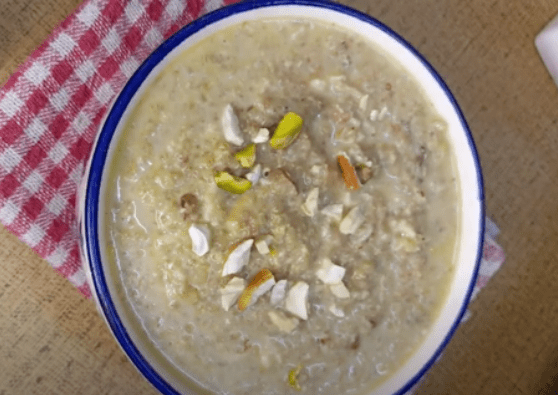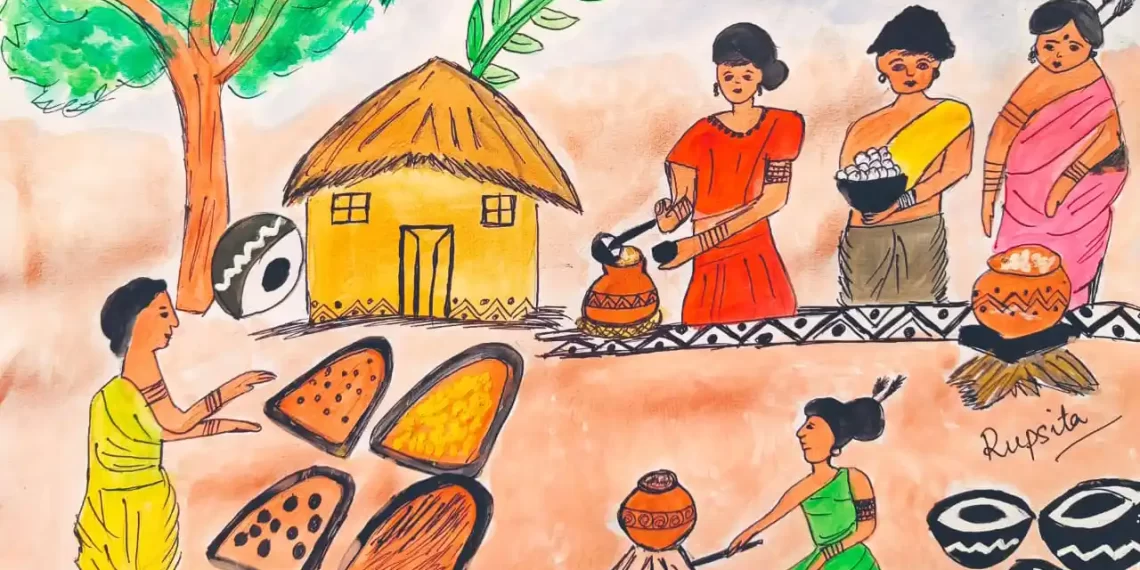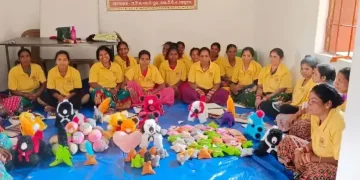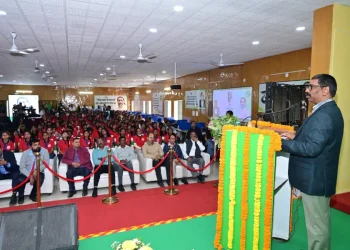Bhubaneswar
Most Indians have a sweet tooth and the sheer variety of desserts across communities boggles the mind. Kalahandi tribals are no different. They add to the country’s amazing repertoire of sweet dishes with the famous ‘Suan Kheer’. And it has twin benefits. While it satisfies one’s cravings for a post-meal sweet, it is a healthy option at the same time.
Millets have always been a part of tribal cuisine and food habits. As the world celebrates the International Year of Millets and the focus is on the ‘mota anaaj‘ in India, Suan Kheer serves as one good example of eating healthy that also tastes well.
Gonds, Kondhs and some other tribes have learned the recipe from programmes run by the Development Agency for Poor and Tribal Awakening (DAPTA) at Bhawanipatna, Kalahandi district headquarters.
Gurbara Gond of Chhatikuda village says, “We got the knowhow from DAPTA during different tribal food festivals it organises.”

(Pic Credit – @recipeme2021)
Dissolved jaggery is slowly added to boiling millet, along with peanuts, saunf and desiccated coconut. The Kheer is then left simmering for a while
About half a kilo of Suan Chaula (foxtail millet) is boiled in 2 litres of water, stirring continuously to avoid lumps.
Some 100 gm of powdered moongfali (peanuts) and half that amount of saunf (fennel seeds) are mixed and kept aside. Half a kilo of gur (jaggery) is dissolved in about a litre of water and then filtered.
The jaggery is slowly added to the boiling millet, and then the peanut mixture. Some 100 gm of desiccated coconut is also added, and the kheer is left simmering for a while.
DAPTA Chief Executive Officer Srimukha Pan tells The Indian Tribal that he likes to add some ghee and salt to the sweet dish to enhance the taste. The result is a syrupy, sumptuous dessert that no one can get enough of, he says.























